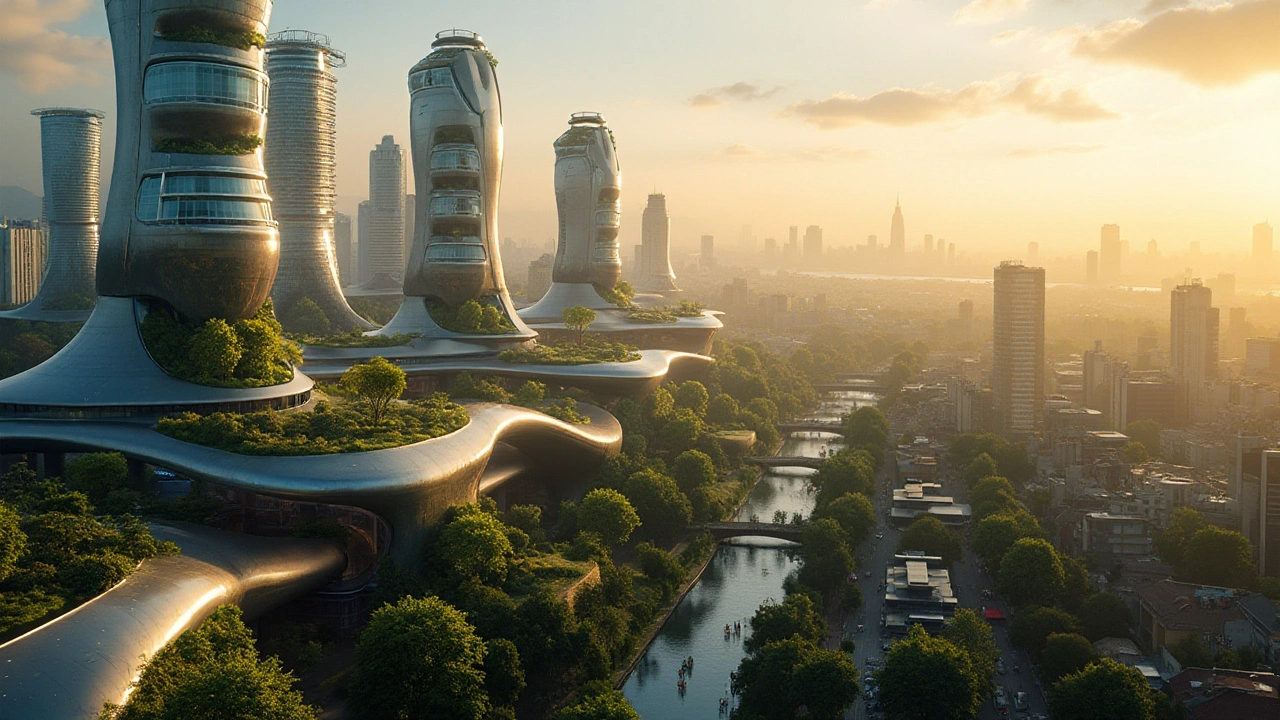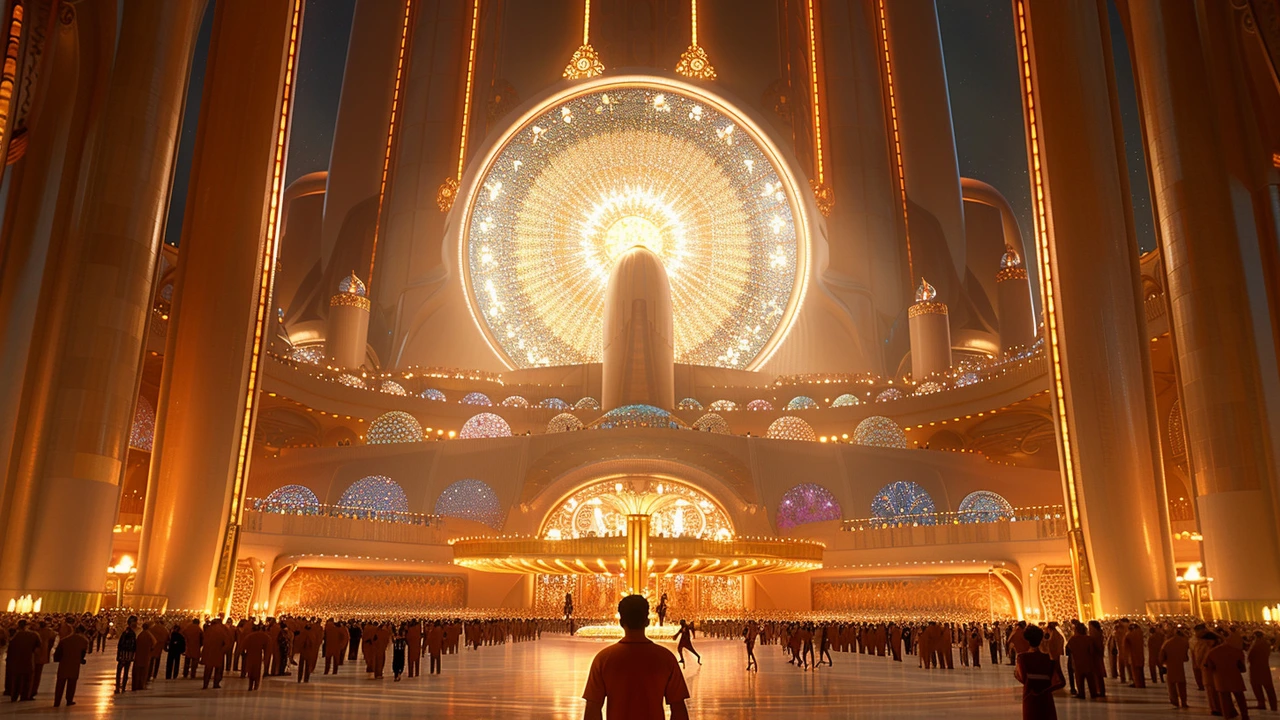Creativity in Architecture and Design: Simple Ways to Get Unstuck
Want a fast way to boost creativity? Walk slower. When you intentionally slow down while looking at buildings you notice small choices: a reused column, a playful gable, a mosaic color that changes with the light. Those tiny decisions are where fresh ideas come from.
Architects and designers often borrow from the past to make new work sing. You can do the same. A Roman arch isn’t a museum piece—used cleverly it becomes a modern passageway. A Gothic spire can inspire a dramatic interior light shaft. Think of old styles as a toolkit, not a costume.
Quick creativity exercises you can try today
1) Sketch one detail in five minutes. Pick a doorway, a roofline, or a tile pattern and redraw it. You don’t need to be an artist—this trains your eye. 2) Limit your palette for a room or facade to two materials. Constraints force interesting solutions. 3) Play a mash-up game: take a feature from one era (Beaux-Arts ornament, Art Nouveau curve) and place it into a minimalist layout. See what tension or harmony appears.
Travel smart for creative fuel. You don’t need famous sites to learn—hidden gems teach more. Explore lesser-known Roman buildings, local colonial homes, or small-town Greek Revival courthouses. Pay attention to scale, how people use the space, and where repairs or reuse add character. Those real-world fixes often spark practical ideas for your own projects.
How to use styles without copying
First, identify the function you want: drama, calm, or community. Gothic forms give drama; Craftsman details add comfort; minimalism offers calm. Next, extract one or two elements from that style and translate them into modern language. For example, borrow the vertical rhythm of Gothic windows but simplify the frame and use sustainable glass. That keeps the spirit without repeating the past exactly.
Preserving older buildings is another creative act. Restoration isn’t about freezing a place in time—it’s about adapting it so it stays useful. Combine preservation with smart updates: improve insulation while keeping original moldings, or add a glass insert that highlights an ancient arch. These moves create layered stories that feel alive.
Finally, make creativity routine. Keep a small notebook or photo folder labeled by theme: color, roofline, window, material. Revisit it monthly and force one idea into a current project. Small habits beat occasional inspiration.
Use these habits to turn what you like into something you can actually build, decorate, or preserve. Creativity isn’t an overnight lightning strike—it’s a steady practice of looking, limiting, and mixing. Start small and let your next design surprise you.

Neo-Futurism Creativity: Pioneering Tomorrow's Artistic Landscape
Neo-Futurism, an architectural and visual arts movement, merges high-tech and futuristic elements with groundbreaking design concepts. It represents the vision of an era characterized by fluidity, biomorphic forms, and sustainable technologies. This article explores the movement's principles, its influence on modern creativity, and its potential to reshape artistic practices. Discover tips on integrating neo-futuristic themes in creative projects.
Read more
Art Nouveau Architecture: The Ultimate Expression of Creativity
Well, buckle up folks, because we're about to dive headfirst into the whimsical and mesmerizing world of Art Nouveau architecture. I mean, if buildings could perform a waltz, Art Nouveau would be leading the dance! This architectural style is like a wild party of creativity, with its signature curvy lines that look like they've been let loose after one too many espressos. It's an absolute visual treat - think ornate details, nature-inspired motifs, and an all-around 'wow' factor. So, if you're a fan of not-so-boring buildings, join me in celebrating Art Nouveau, the ultimate architectural rebel with a cause.
Read more